Research
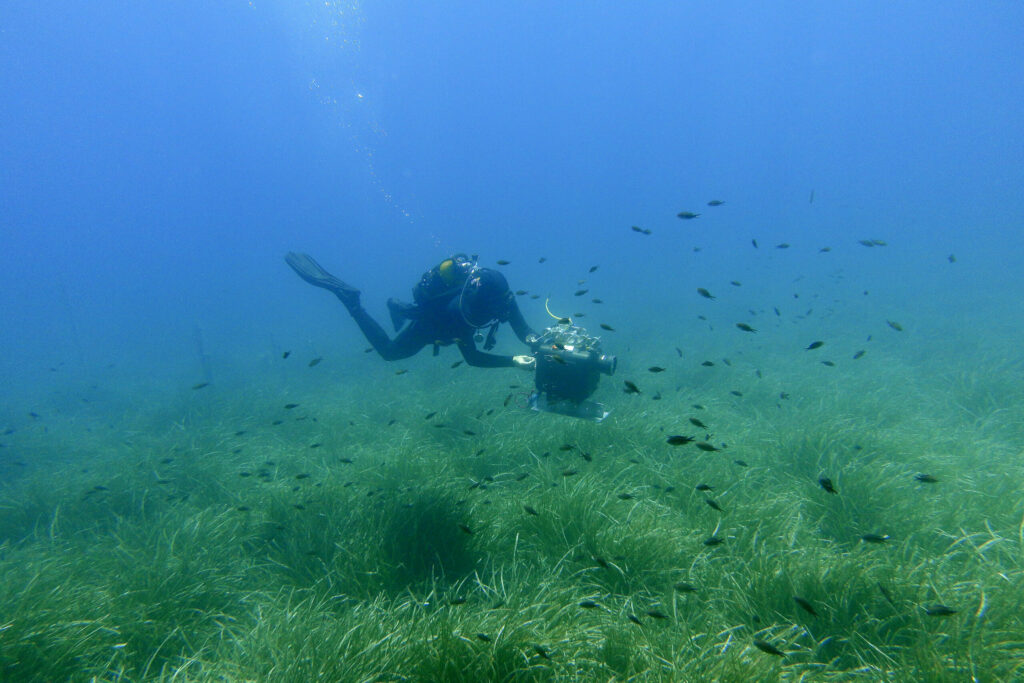
Areas of expertise
- Marine Biology
- Visual Ecology
- Behavioural Ecology
- Biostatistics
- Field Biology
- Experimental Design
Marine prey-predator visual interactions
Stealth in pursuit predators: the hunting displays in wild cuttlefish
Do these dynamic changes in colouration, texture and body posture hinder prey from detecting
or recognising the approaching hunting cuttlefish?
Visual detection of a cryptic predator by its prey fish
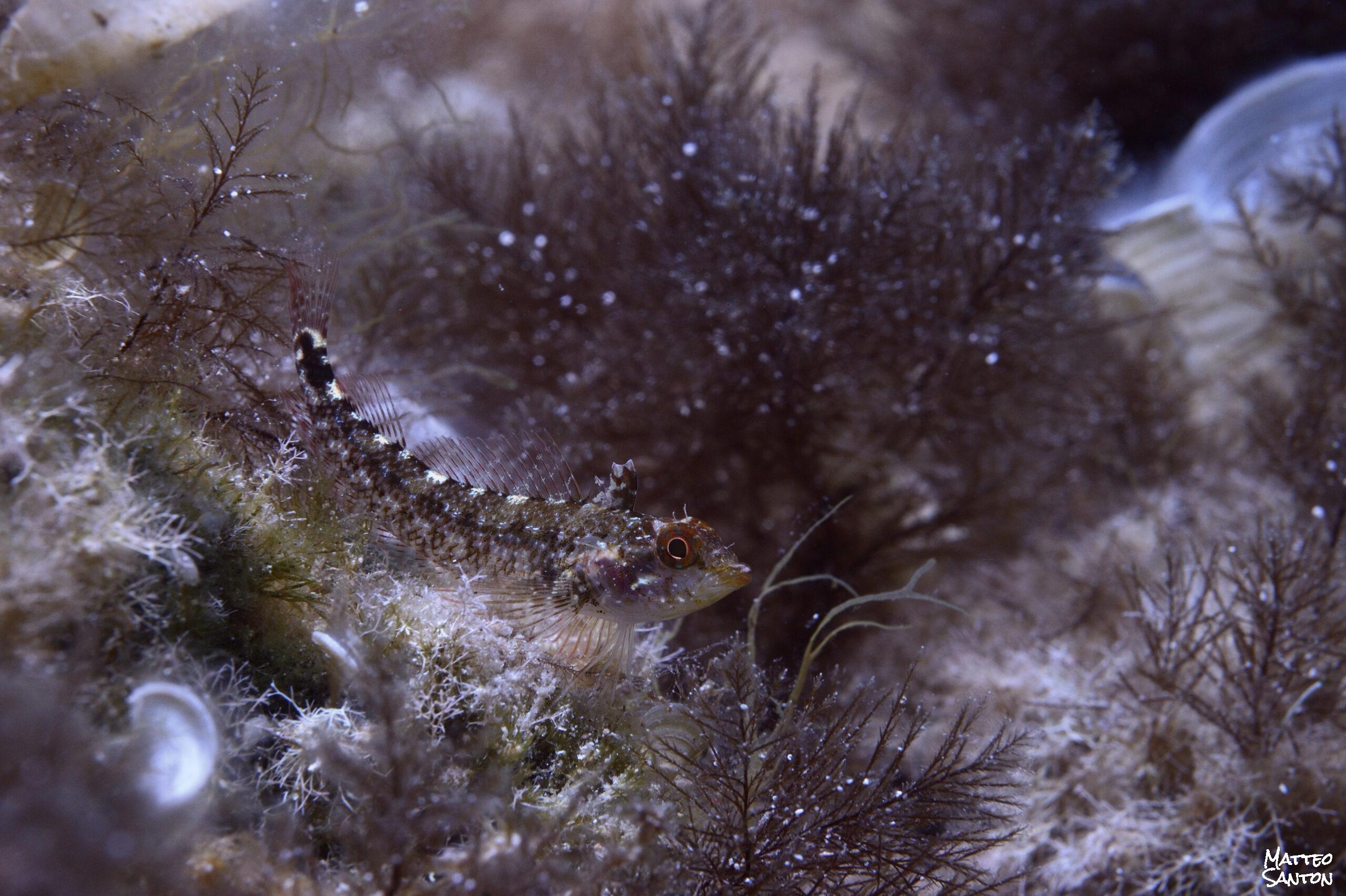
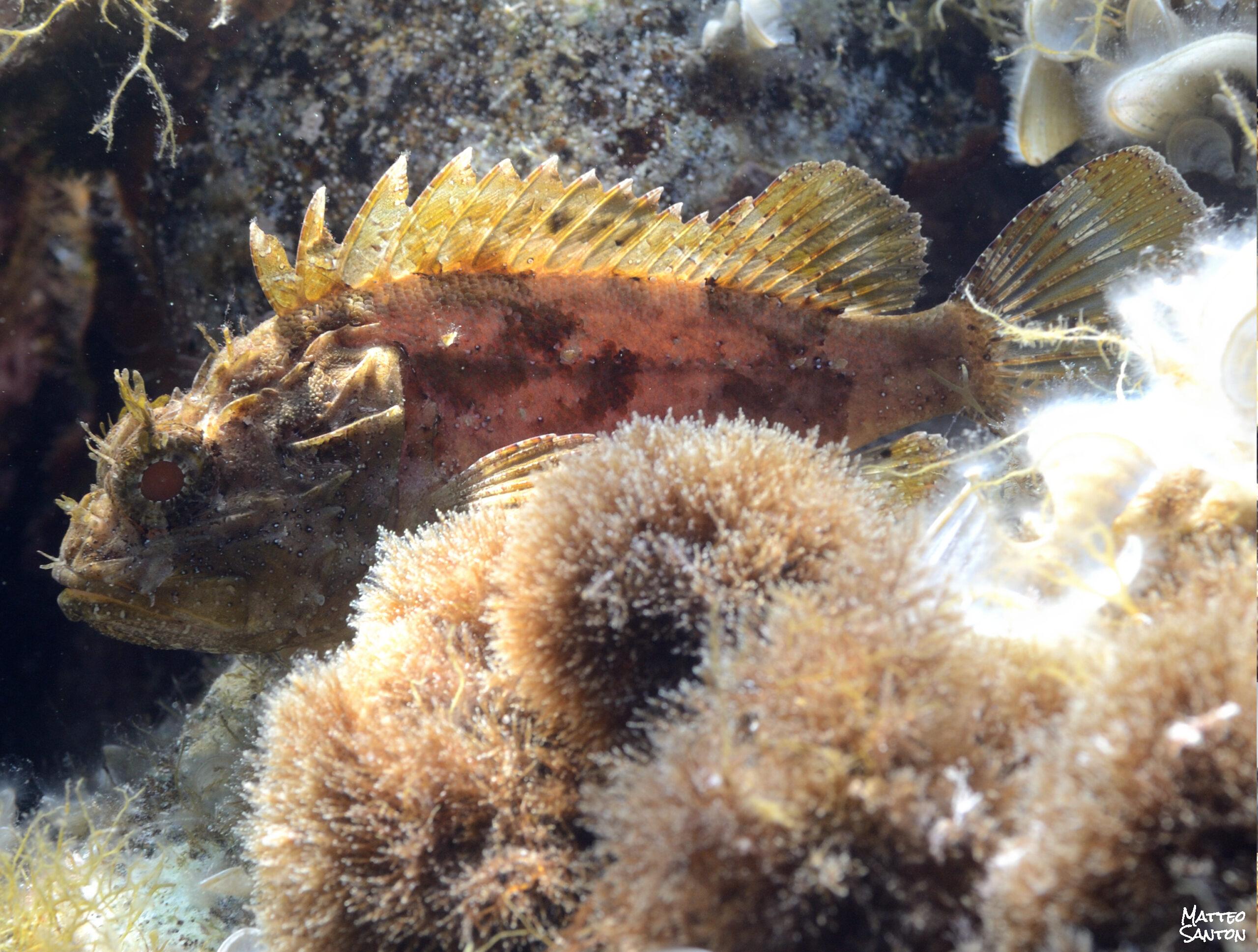
Phd research
Active projects
The role of eyes as a key trait
for predator recognition
Camouflage in marine
sit-and-wait predators
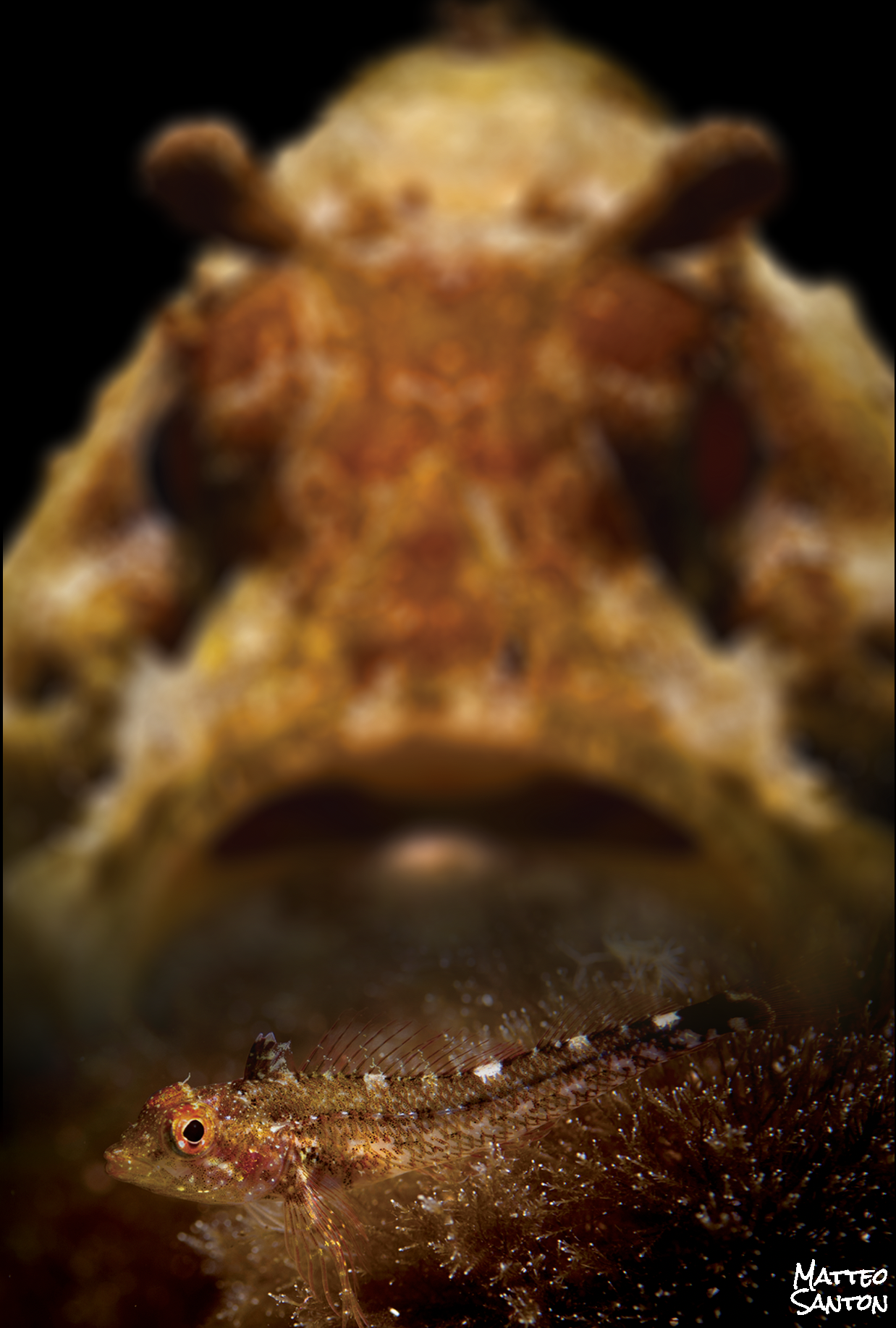
Biostatistics - support with generalised linear mixed modelling
A versatile workflow for linear modelling in R
Current active collaborations involving data analysis include
Sexual selection in the black niger goby
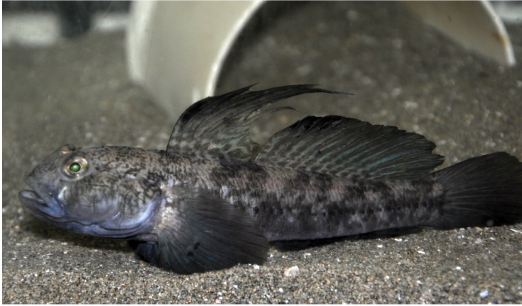
In collaboration with Dr. Federica Poli from the Reproduction and Ecology of Fish Reproduction group of Prof. Maria Berica Rasotto in Padova, Italy.
Related publications:
Poli F., Marino I.A.M., Santon M., Bozzetta E., Pellizzato G., Zane L., Rasotto M.B. (2021) Spatial asymmetry of the paternity success in nests of a fish with alternative reproductive tactics. Scientific Reports 11, 3091.
Dental defects in anatomically modern humans

In collaboration with Laura-Sophia Limmer, Dr. Sireen El Zaatari and Prof. Katerina Harvati from the Paleoanthropology institute of the University of Tuebingen.
Related publications:
Limmer, L.S., Santon, M., McGrath, K., Harvati K., El Zatari S. (2024). Differences in childhood stress between Neanderthals and early modern humans as reflected by dental enamel growth disruptions. Sci Rep 14, 11293.
Visual ecology
A key aspect of my research approach is to consider the visual ecology of species of interests when investigating visual signals or other aspects related to animal behaviour.
As trichromatic primates, our vision evolved to spot ripe fruits. However, other animals may perceive the world very differently…
In terms of colour perception
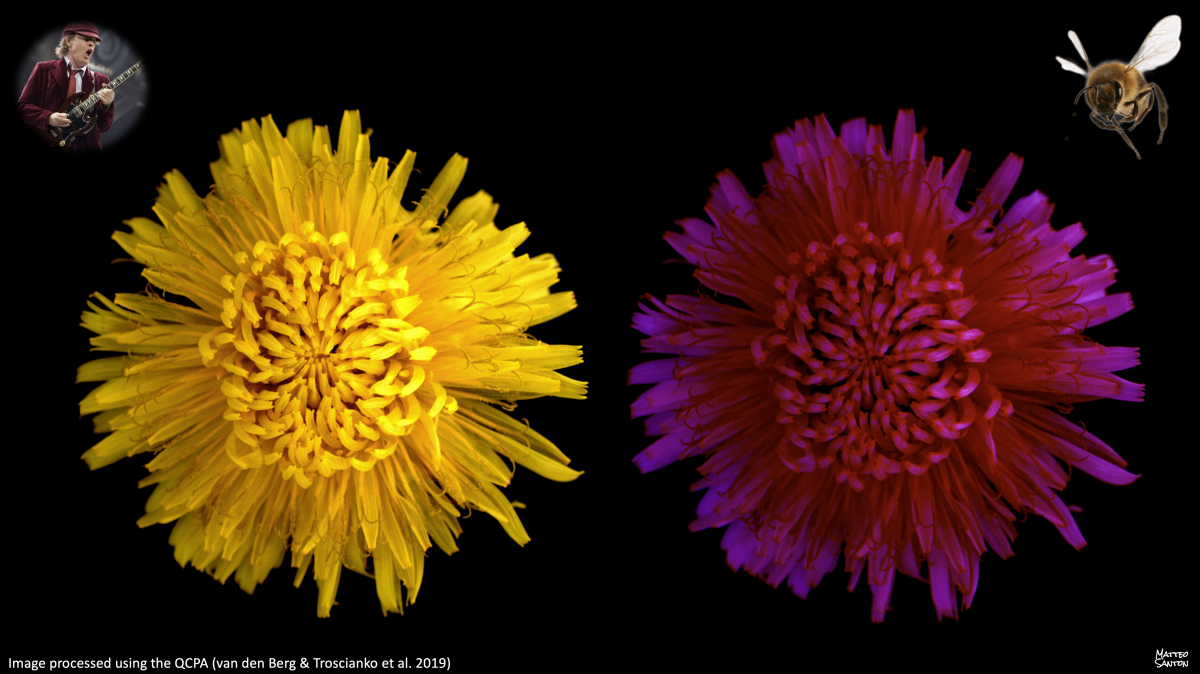
But also in relation to the ability to resolve static details in an image
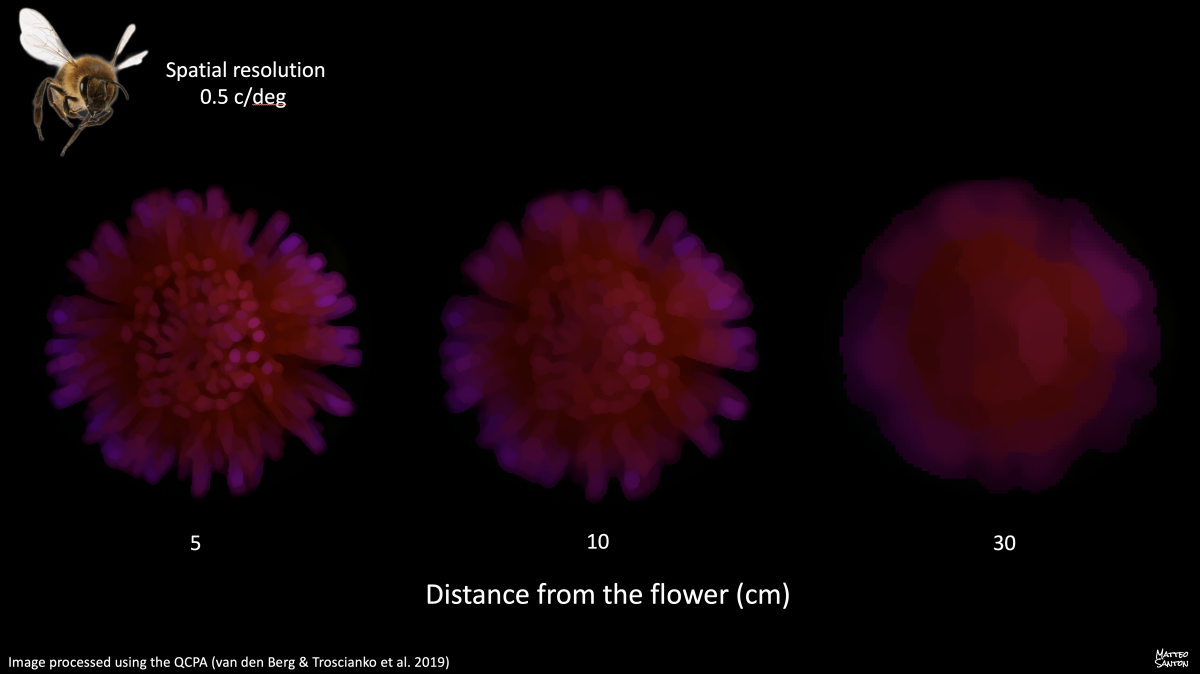
The way we see fish is quite different from the way they see themselves
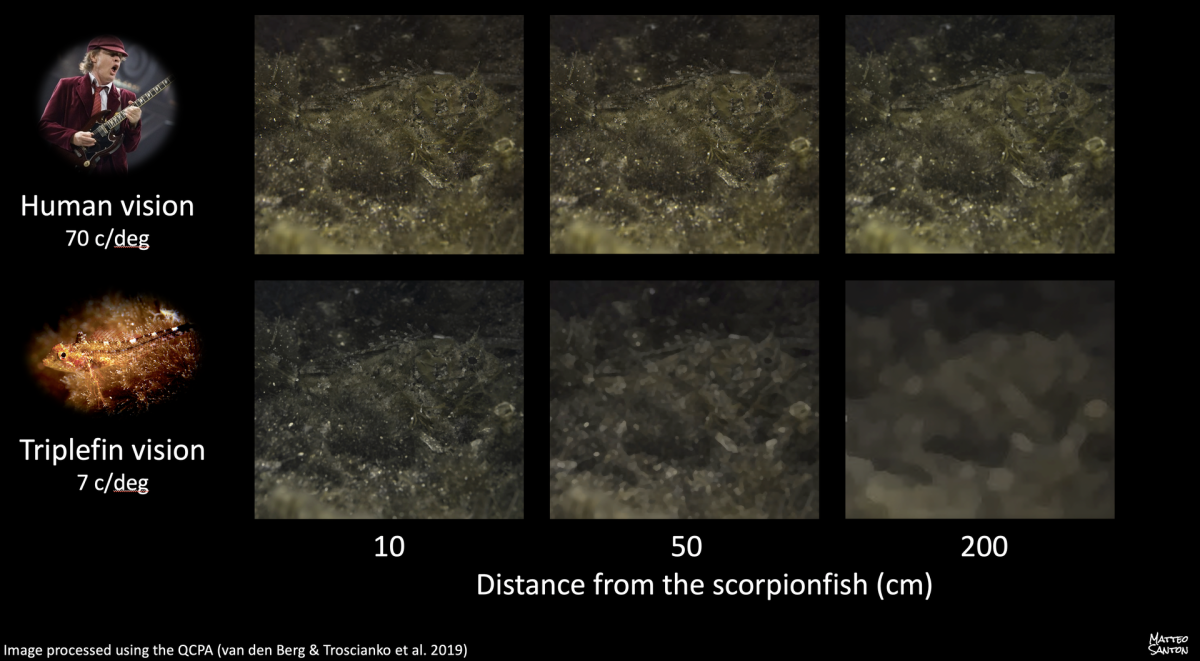
Also, their colour patterns and behaviours might have evolved on very small scales that we rarely witness
